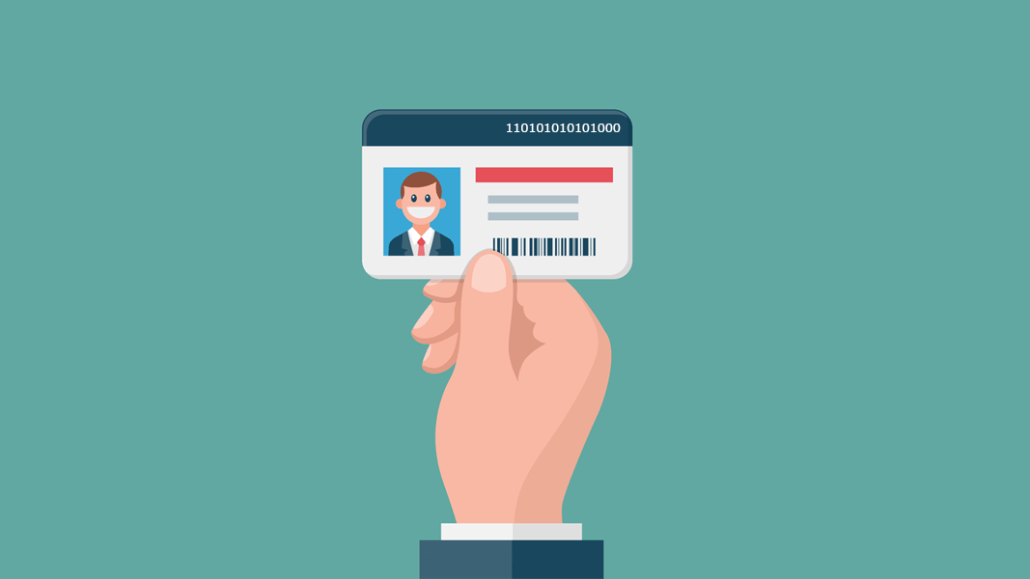Save 50% on a 3-month Digiday+ membership. Ends Dec 5.
How the ad industry can use its borrowed time to future-proof first-party data solutions

Trent Lloyd, co-founder and head of brand solutions, Eyeota
Google’s updated timeline for its Privacy Sandbox rollout, including its two-year delay of third-party cookie deprecation on Chrome, didn’t come as a surprise to many industry observers, given the limited utility of Google’s FLoC and the slow momentum of the Privacy Sandbox in the World Wide Web Consortium. Ultimately, Google’s decision underscores the power publishers now have, as well as the immense value that advertising-funded content brings to the open web.
That said, for advertisers and publishers alike, a lot needs to change. Google’s delay might represent a brief reprieve from the loss of certain targeting and tracking capabilities, but the writing is on the wall. We’ve glimpsed the future of advertising, and it requires a different playbook. Here we take a look at where our industry needs to be focusing its energy between now and the rescheduled cookie doomsday.
Cohort onboarding is the key to unlocking first-party data
For marketers, the longer road to a cookieless reality grants companies more time to develop and fully leverage their first-party data. One powerful avenue for doing this — not only in the U.S., where deterministic data has been overemphasized to date, but also globally, where a consistent solution can be applied across multiple markets — is through cohort onboarding.
Cohort onboarding represents a consumer-friendly solution to harnessing first-party data by enabling marketers to transform their first-party data assets into powerful digital audiences to reach new customers, enhance marketing analytics, deepen insights and boost omnichannel campaign performance. After all, most brands collect a lot of valuable information about their customers — CRM data, transactional spending, loyalty card metrics, survey responses and more. This data often sits in silos and, therefore, can be challenging to put into action. With cohort onboarding, advertisers bring these disparate sources together and transform them into addressable digital audiences to target and engage. The resulting propensity models enable brands to reach new consumers, at scale, who demonstrate the same attributes and behaviors as a brand’s existing customer base.
Retailers in particular have an abundance of siloed first-party data that they can use to enhance their marketing intelligence. Take, for example, a grocery store chain with a popular loyalty card program. Using propensity models, the grocer could analyze its loyalty card data across specific geographic areas to create audience cohorts that are, for example, female and purchase organic products. Those audience cohorts could then be matched to privacy-compliant online IDs to create digital audiences that enable the retailer to send tailored offers through traditional and digital channels. The same approach allows them to acquire new customers focused on certain product offers, and strategically place advertisements. The potential is there as well to sell privacy-compliant data to consumer packaged goods organizations for campaign targeting.
In other words, in a cookieless world, cohort onboarding enables retail brands to develop high-scale, relevant audiences using first-party data. These same methods can be applied to other industries with similar results.
Future-proofing through agnostic ID solutions
Of course, identity resolution will remain a core focus of advertisers and publishers moving into the future. What the industry has learned during the much-extended “cookiepocalypse” is that dependency on a single technology or concept is simply unsustainable. As such, going forward, all stakeholders must place an emphasis on agnostic identity solutions that can create global data interoperability while also increasing digital reach and activation. Only in this way can marketers be sure that they’ll have continued access to audience identifiers, regardless of changes within the industry.
It’s not about establishing a single identifier to succeed the cookie. The truly future-proof solutions will be the ones that connect all areas of data input that collect audience identifiers, whether those are mobile IDs, hashed emails, first-party data, contextual data or other unique identifiers. By connecting data in this way and then probabilistically and deterministically matching IDs on a cross-device graph, users can identify and activate the right audiences in a privacy-compliant way without the use of cookies or third-party identifiers.
Future-proofing also means putting a focus on interoperability through the lens of consumer privacy. Now is not the time for complacency or competitive elbowing. It’s a time to come together around a consumer-first vision for advertising and take the steps needed to preserve strong customer experiences while helping brands continue to grow their businesses. The ad industry has been given a little extra time to get this right — it must not waste it.
More from Digiday

In Graphic Detail: Here’s what the creator economy is expected to look like in 2026
Digiday has charted its expected revenue, key platforms for creator content as well as what types of creators brands want to work with.

Ulta, Best Buy and Adidas dominate AI holiday shopping mentions
The brands that are seeing the biggest boost from this shift in consumer behavior are some of the biggest retailers.

European publishers say the Digital Omnibus ‘cookie fix’ leaves them worse off
The European Union’s attempt at a legislative spring clean for Europe’s web of data privacy rules, has landed flat with publishers.





